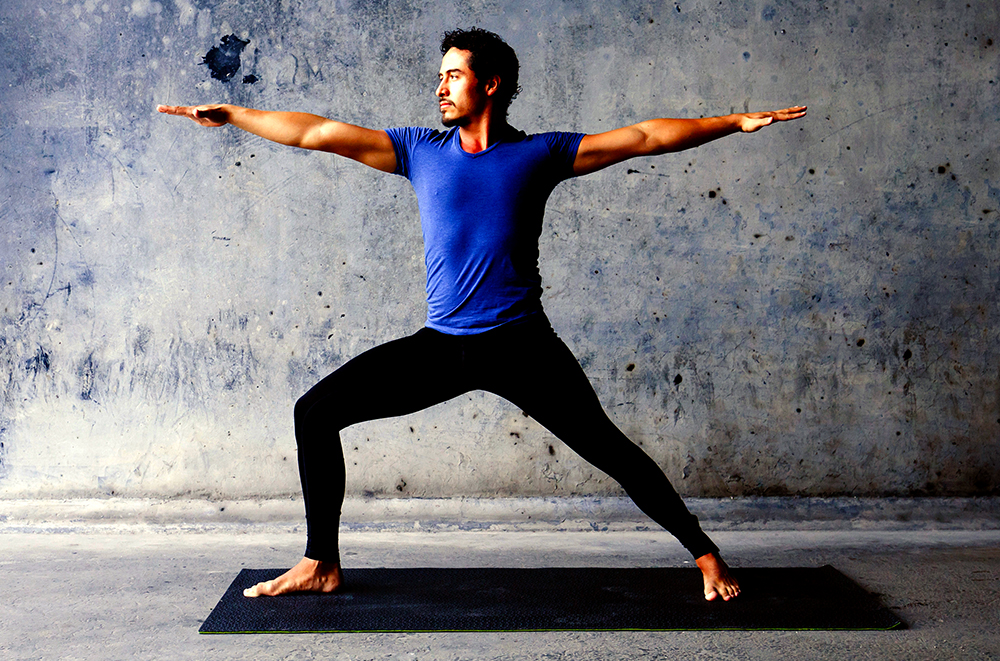Oommmmmmmmm. That’s meditation, right? As anxieties rise, so does the demand for ways to de-stress and center. We spoke with Amy Zoe Schonhoff, the founder and guiding teacher of Mindfulness in the Heartland about tools for meditation newbies to get started. If you struggle to keep your mind on your meditation, Schonhoff says not to despair.
“Meditation is a practice. There are a variety of forms of mediation and they help us practice mindfulness. I believe that most people can meditate but sometimes you need to find a way into it. A lot of people struggle with being still, so trying mindful movement can help. Slow hatha yoga, tai chi, or qi gong can help people become comfortable enough to settle into a more formal meditation practice,” she says.
Schonhoff says that even on days when focusing seems hard, acknowledging that struggle is part of the process.
“It’s really about being present. I’ve been practicing for years, and some days, I just have a busy mind. That’s okay. A big part of mindfulness is being kind to yourself too,” she says. To help you focus your efforts, here are some tools that Schonhoff recommends for the journey.
Online Classes
Schonhoff is leading classes in mindful communication, mindfulness-based stress reduction and mindful family life for parents and teens. These classes normally meet weekly in person but Schonhoff also offers online options.
Apps
The Insight Timer is Schonhoff’s favorite of the many meditation apps out there. Insight Timer offers more than 40,000 guided meditations in varying lengths, all for free. Set the timer for how long you have available and let the app be your guide. Schonhoff recommends starting with ten minutes and exploring from there.
Books
Schonhoff bases much of her guidance on the work of Jon Kabat-Zinn, author of the classic, Wherever You Go There You Are: Mindfulness Meditation in Everyday Life. Another good entry-level option is A Path with Heart: a Guide Through the Perils and Promise of Spiritual Life by Jack Kornfield.


